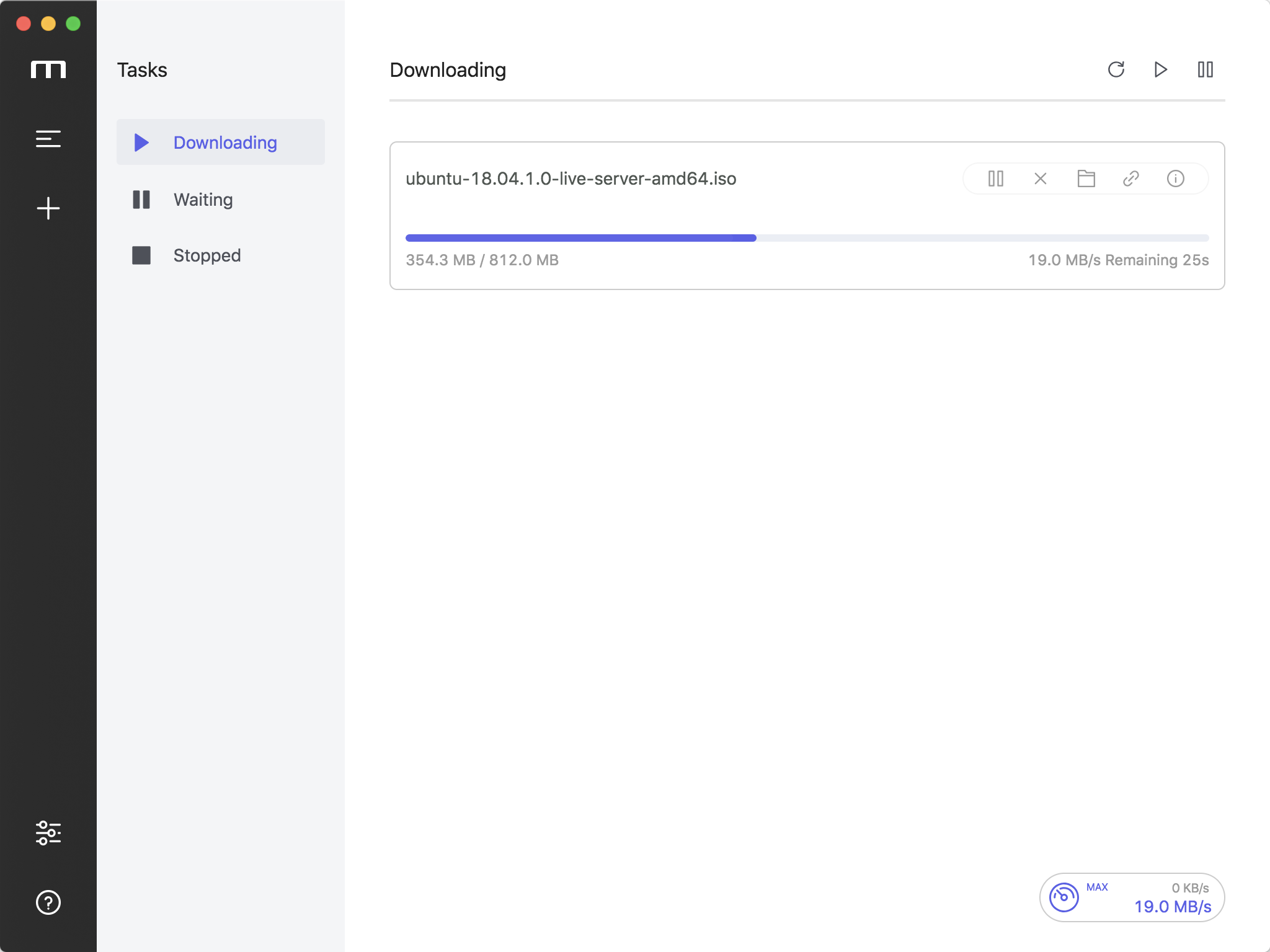Free Iso Download Manager
Active ISO File Manager is software to author, edit and burn CD or DVD-ROM ISO images compatible with the ISO 9660 or Joliet standards. You can create ISO images from either existing CD or DVD. Download for Windows XP/2003/2008/Vista x64 Edition Download for Windows 7 x86/x64 Edition. VDI (Virtuo CD Manager) C2D (WinOnCD) BWI/BWT (BlinkWrite) CDI (DiscJuggler) TAO/DAO (Duplicator) PDI (Instant Copy) MagicDisc has automatically Detecting engine, so user try to open any CD/DVD image files with MagicDisc. Here is a list of the best free ISO Extractor Software For Windows.Using these freeware you can easily extract ISO image file contents to your desired location. This can be done in basically two ways.
You can download directly from the Microsoft Techbench website:
The Microsoft Techbench website is an alternative available for downloading Windows 10 ISO files and creating bootable copies.
Go to: https://www.microsoft.com/en-us/software-download/techbench
Before you begin
Make sure you have:
- An internet connection (internet service provider fees may apply).
- Sufficient data storage available on a computer, USB or external drive for the ISO downloads and scripts.
- 16GB or Greater USB Flash Drive for use on low disk space systems.
- Micro-USB Adapter for using media on Tablets.
Click in the Select edition list box and choose your edition, Windows 10 contains both installation files for Home and Professional allowing you to select either edition during setup. Choose that, click confirm and wait while the option is validated. Do not refresh the page. If you are running Windows 8.1 with Bing edition, please make sure you select Windows 10 SL.
Only select Windows 10 N if you live in Europe, please note it does not contain Windows Media Player.
Click in the list box then select your language then click confirm and wait while the option is validated. Do not refresh the page.

Click your desired architecture then click save.
Follow the instructions to use either the Microsoft .iso to USB/DVD tool , Rufus or the Disc Image burning utility in Windows 7 or later to prepare the .ISO file. You can also mount the .ISO file in Windows 8 or later then perform an upgrade.
Prepare Windows 10 ISO file
After you have downloaded the Windows 10 ISO, you need prepare it, this is especially important for Windows 7 users..
After obtaining the .iso file you can use the built in Disc Image burning tool or Microsoft .iso to USB/DVD tool to create a bootable DVD or USB (requires a blank DVD or USB flash stick of at least 4 GB).
After downloading the .ISO file, right click it and click Burn disc image
Insert a blank DVD
Click Burn

Windows 8/8.1 users can mount the .ISO file and start the upgrade automatically. Learn more here
Important:
If you are creating a bootable USB thumb drive, make sure the thumb drive is first formatted as FAT32.
Connect the thumb drive
Open Computer

Right click thumbdrive
Click Format
Make sure FAT32 is selected as the file system.
For UEFI based systems
If your computer is UEFI based, these are normally systems that come pre-loaded with Windows 8 or later, you will need to prepare the ISO file for such a configuration or you will receive an error message during setup. The thumbdrive needs to be formatted as FAT32 and use the GPT partitioning scheme. To do this, you need to use Rufus, a small tool you can download for free.
Rufus - credit: Pete Batard/Akeo
After you have installed Rufus:
- Launch it
- Select ISO Image
- Point to the Windows 10 ISO file
- Check off Create a bootable disk using
- Select GPT partitioning for EUFI firmware as the Partition scheme
- Choose FAT32 NOT NTFS as the File system
- Make sure your USB thumbdrive in the Device list box
- Click Start
- Close when complete
Resources:
Disk Manager Iso Free Download
Pre-requisite Task
Free Iso Download Manager Windows 10
When making significant changes to your computer such as updating the operating system, you should always backup. See links to resources about backing up by clicking the link for the respective version of Windows you are running: Windows XP, Windows Vista, Windows 7, Windows 8/8.1
Free Iso Download Manager
then
Partition Manager Iso Free Download
then
Install Free Download Manager
- Disable (preferrably uninstall) your Antivirus utility before attempting the upgrade.
- Restart a few times then try again.
- Disable General USB Devices (example - Smart Card Reader).
- If you are using a SCSI hard disk, make sure you have drivers available for your storage device on a thumdrive and it is connected. During Windows 10 setup, click the Custom Advanced Option and use the Load Driver command to load the appropriate driver for the SCSI drive. If this does not work and setup still fails, consider switching to a IDE based hard disk.
- Perform a clean boot, restart then try again.
- If you are upgrading using the .ISO file, disconnect from the Internet during setup, if you are connected by LAN (Ethernet) or Wi-Fi, disable both then attempt setup again.
- If you are updating through Windows Update, when the download reaches 100% disconnect from the Internet LAN (Ethernet) or Wi-Fi then proceed with the installation.
- If that does not work, try using the .ISO file to upgrade if possible.
- If you are connected to a domain, switch to a local account.
- If you have any external devices attached to the machine, disconnect them (example, gaming controllers, USB keys, external hard disk, printers, non-essential devices).